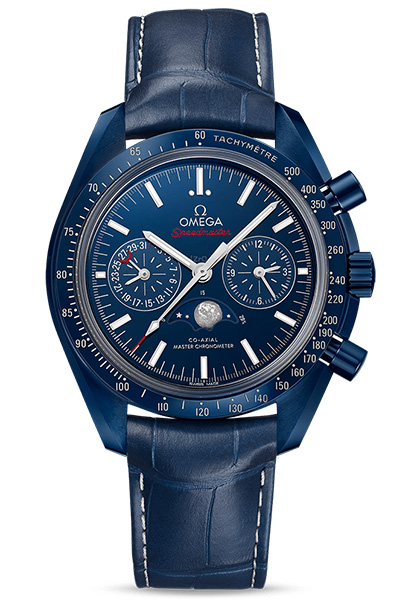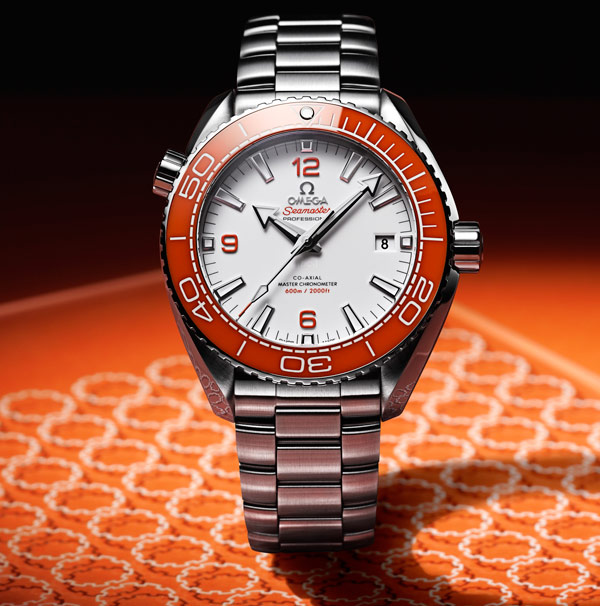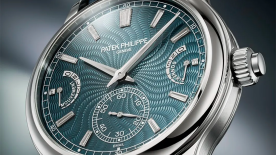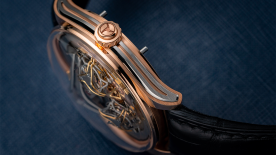Some years ago, I formed the habit of bothering various friends who worked in the material science industry, including a chemistry PhD, on the subject of ceramics. What exactly, I frequently demanded, is a ceramic? The definition that I came across most often in my research (read: Google searches) stated that a ceramic is a solid inorganic material composed of metallic and non-metallic elements. Now, you can readily understand my frustration at this definition — common table salt, sodium chloride (NaCl), is a solid inorganic material composed of metallic (sodium) and non-metallic (chlorine) elements, but it is manifestly not a ceramic. And when you take something like silicon carbide, that we all agree is a ceramic, the definition fails again, because silicon is not a metal, it is a metalloid.
I have yet to encounter a satisfactory working definition of a ceramic, and I’m not yet prepared to upend my life and embark upon a degree course in inorganic chemistry, so for now I just resign myself to a state of epistemological incertitude in relation to ceramics. If I could avoid the subject altogether, I totally would.
Luckily for us all, Omega has none of my squeamishness at working with ceramic, because if they did, we’d miss out on a lot of cool watches. The first time that ceramic was used in a timepiece was the 1962 Diastar from Rado, currently a sister brand of Omega under the Swatch Group umbrella. This pioneering timepiece utilised tungsten carbide for its case, unlike modern ceramic watches, which are mostly of zirconium oxide (ZrO2).

In the late 1970s, Omega dipped its toe in the ceramics pool with Seamaster models in cermet (ceramic-metal composite), but it wasn’t until 2009 that ceramic really made a strong appearance in the Omega repertoire. Earlier in the year, the Seamaster Planet Ocean Jewellery timepieces featured a small ceramic marker on the gem-set bezel, a relatively light use of a material that would go on to great prominence within the brand. In October 2009, Omega launched the Seamaster Planet Ocean Liquidmetal Limited Edition, featuring a full bezel in zirconium oxide ceramic with numerals in Liquidmetal (the amorphous metal alloy that Omega has proprietary use of).
Ceramic bezels continued to feature strongly in the sports watches of Omega, but taking things fully to the next level would have to wait another few years. In 2013, one of the most exciting watches to debut at Baselworld was the Omega Speedmaster “Dark Side of the Moon” — an all-ceramic take on their iconic sports chronograph. Every aspect of the watch case, including the bezel and chronograph pushers, was formed in black ceramic, and complemented by a black ceramic dial. The watch was an immediate success and subsequent years would bring variations such as the Vintage Black, Sedna Black, Pitch Black and the stunning White Side of the Moon in white ceramic.

Besides white and black ceramic, Omega has also used coloured ceramics in blue, red, orange, grey and green, one of the widest uses of coloured ceramic in the industry. Red ceramic was achieved by substituting zirconium oxide (ZrO2) with aluminium oxide (Al2O3). Not only do they work with different forms of ceramic, they have also pioneered technologies that allow them to use ceramic in new contexts. Their Ceragold technology, for example, combines ceramic elements such as bezels with inset gold elements, something that was previously not possible. The 2014 Seamaster Planet Ocean Platinum was another world premiere, demonstrating Omega’s ability to gem-set ceramics.

Given the highly desirable properties of ceramic in terms of watchmaking applications — its lightness, hardness, and resistance to corrosion and magnetism — ceramic will continue to be an important material in horology. By expanding its ability to work with ceramic in various forms, Omega is safeguarding its position as industry leader for the years to come.





